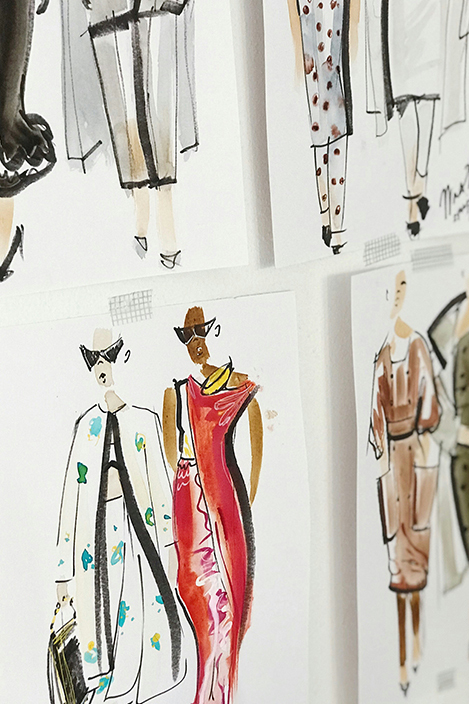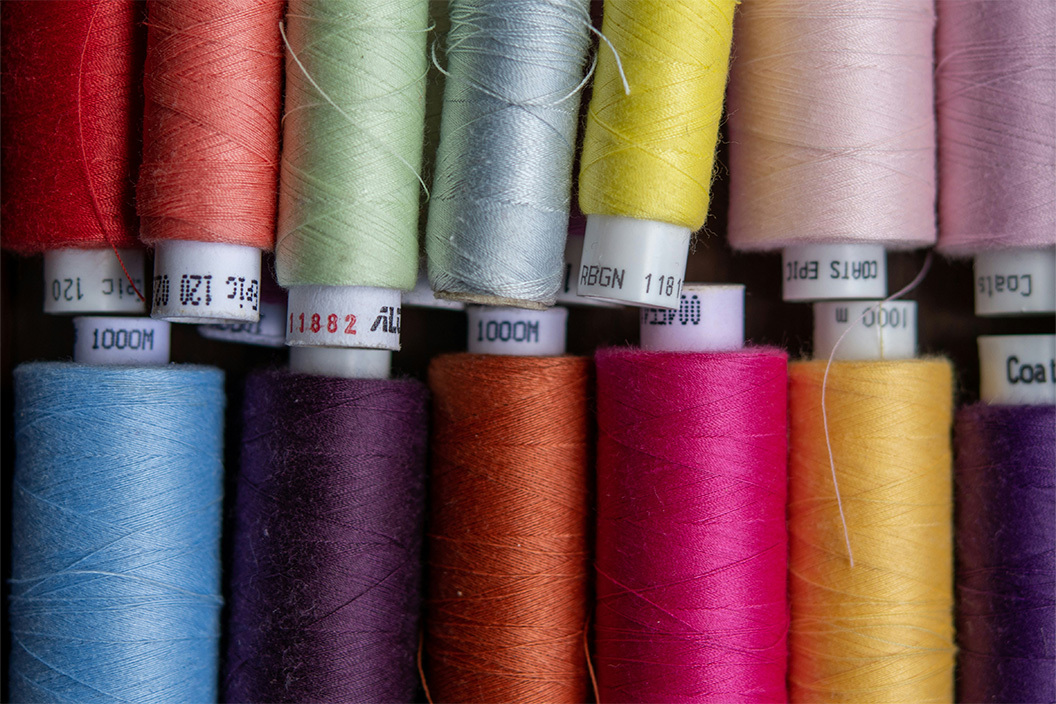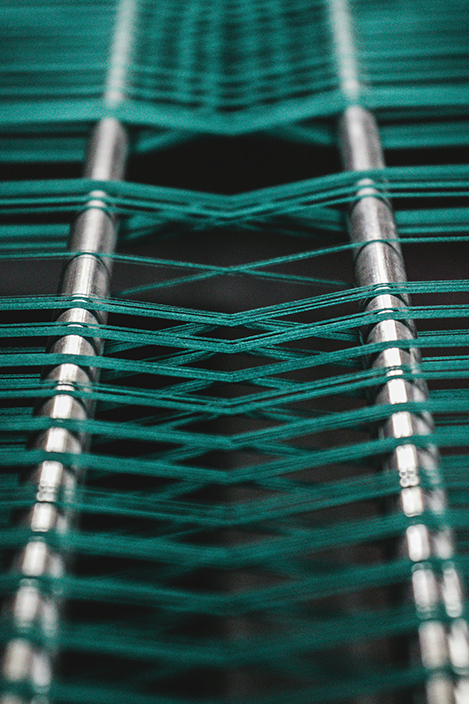
How New Research Affects the Fashion Industry
Culture and Science.
In a world where culture pulsates with every heartbeat of society, and science leaps through the boundaries of the unknown, fashion emerges as a vibrant testament to their confluence. But how exactly do new research and scientific innovations shape the tapestry of the fashion industry? This question opens the door to a realm where creativity meets technology, yielding astonishing breakthroughs that redefine what we wear, how we wear it, and the ethos behind our fashion choices. Let's unravel the intricate dance between culture and science within the fashion industry.

Cultural Influences on Scientific Research in Fashion
Incorporating Traditional Techniques
While science propels fashion into the future, culture ensures the preservation of heritage. The integration of traditional crafting techniques with modern technologies celebrates cultural identities, offering a rich tapestry of global fashion. This synergy not only enriches the aesthetic diversity of collections but also supports sustainable practices by valuing artisanal skills and natural materials.
The Impact of Global Trends

The global village is more interconnected than ever, with cultural trends rapidly influencing fashion across continents. Scientific research in fashion is increasingly informed by these cultural currents, leading to innovations that resonate on a global scale. From incorporating adaptive designs that reflect multicultural lifestyles to addressing the demands of a globally aware consumer base, science and culture together are crafting the future of fashion.
The Role of Students in New Research

The dynamism within the fashion industry's landscape is significantly fueled by the ingenuity and fresh perspectives of students. These budding researchers and designers play a pivotal role in driving new studies and innovations, as they skillfully balance rigorous academic pursuits with groundbreaking research. Such a balance became possible thanks to the use of the PapersOwl.com service. By engaging with this website to order extra homework help or even involve experts in crafting scientific papers, students free up crucial time and mental bandwidth to delve into their research endeavors. This collaborative approach not only enhances their academic journey but also injects a diverse array of innovative ideas into the fashion industry. The contribution of students, empowered by such resources, cannot be overstated; they are at the forefront of marrying culture and science, crafting the future of fashion with every study, experiment, and design they undertake. Their role exemplifies a vibrant ecosystem where education, research, and practical application converge, leading to a sustainable and ethically conscious fashion industry that's continuously rejuvenated by fresh ideas and perspectives.
Innovative Materials and Sustainability
Smart Textiles
Imagine a fabric that cools you down or heats up based on the surrounding temperature, or one that changes color in response to sunlight or your emotional state. These aren't scenes from a sci-fi novel; they're real innovations stemming from the integration of nanotechnology and smart design in textiles. Smart textiles are revolutionizing the way we think about clothing, blending fashion with function in unprecedented ways.

Eco-friendly Practices
The fashion industry, historically notorious for its environmental impact, is undergoing a green transformation. Research in biodegradable materials and recycling processes has paved the way for sustainable fashion, reducing waste and conserving natural resources. Brands are now embracing eco-friendly practices, from using organic cotton to adopting zero-waste production methods, signaling a significant cultural shift towards environmental stewardship.

The Role of Biotechnology
Lab-grown Materials
Biotechnology is not just for medical science; it's fashion's new frontier. Lab-grown materials, such as biofabricated leather and silk, offer alternatives that are both ethical and sustainable. These innovations not only alleviate the ethical concerns related to animal use but also significantly reduce the environmental footprint of textile production.

Biodegradable Fabrics
The push towards sustainability has led to the development of fully biodegradable fabrics. These materials decompose naturally, leaving minimal environmental impact. Research in microbial processes and natural fibers is leading to the creation of fabrics that offer a solution to the perennial problem of textile waste, aligning fashion with the principles of circular economy.
Digital Transformation and Fashion
AI in Design and Production
Artificial intelligence (AI) is reshaping the landscape of fashion design and production. From predicting trends based on social media analytics to creating personalized designs through machine learning, AI enables a more responsive, customized approach to fashion. This digital transformation extends to production processes, where AI-driven automation enhances efficiency and precision.

Virtual Reality and Fashion Experiences
Virtual reality (VR) and augmented reality (AR) are opening new dimensions in fashion. These technologies allow consumers to try on clothes virtually, transforming the shopping experience and reducing the need for physical samples. Beyond retail, VR and AR provide immersive experiences that blend art, culture, and fashion, from virtual fashion shows to digital exhibitions.
Ethical Considerations and Consumer Awareness
Ethical Sourcing and The Informed Consumer
The ethical sourcing of materials has become a cornerstone of modern fashion, driven by a more conscious consumer base. Transparency in the supply chain, fair labor practices, and the use of ethically sourced materials are at the forefront of the industry's agenda. This ethical shift is not just about compliance; it's about building a brand ethos that resonates with the values of today's consumers. Today's consumers are more informed and discerning than ever, thanks to the proliferation of information technology. They demand authenticity, sustainability, and ethical accountability from brands, influencing the industry to adopt more responsible practices. This consumer awareness is a powerful catalyst for change, encouraging the adoption of scientific innovations that align with these values.
The Future of Fashion at the Nexus of Culture and Science
The intersection of culture and science in the fashion industry is a vibrant space of innovation, ethical reformation, and cultural expression. As new research continues to break ground, the industry is poised for a future where fashion is not only about aesthetics but also about sustainability, ethics, and technology. In this dynamic landscape, fashion becomes a reflection of our evolving societal values, a canvas for technological innovation, and a medium for cultural storytelling. The future of fashion, at this nexus of culture and science, promises a tapestry as rich and diverse as humanity itself.











